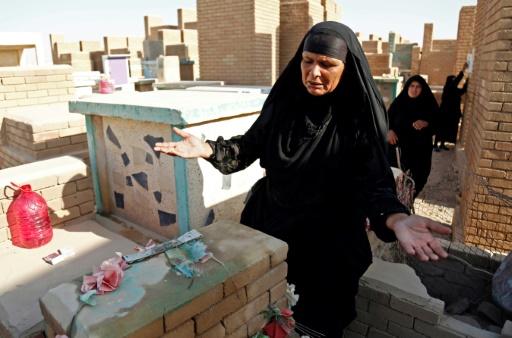
NAJAF: The Valley of Peace cemetery in the Shia holy city of Najaf is filled with mourners paying tribute to 'martyrs' who have fallen in battles to expel the Islamic State group from Iraq's cities.
In keeping with religious tradition, Kazem al-Aibi has already visited the tombs of relatives in his home village for the Eid holidays which started on Saturday for Iraqi Shia.
But this year he also made his way to the Wadi al-Salam [Valley of Peace] cemetery in Najaf - one of the world's largest - to sit by the white tombstone of his son killed fighting IS militants.
Islamic State chief Baghdadi likely still alive, US general
Mohammed joined the Hashed al-Shaabi paramilitary units, or "popular mobilisation" forces dominated by Iranian-backed Shia militias, to battle IS alongside the Iraqi military and police.
Like tens of thousands of other Iraqis, Aibi's son signed up after a call from Grand Ayatollah Ali al-Sistani, Iraq's highest Shia religious authority, to take up arms and reverse the lightning 2014 advance of IS in north and west Iraq.
Mohammed left his village in Maysan province, in the Shia heartland south of Baghdad, to join the Hashed and fought in several battles before he fell in Al-Miqdadiyah, hundreds of kilometres away from home.
Wearing a black and white keffiyeh headscarf, the father wept openly in the cemetery which serves as the final resting place for millions and where more and more 'martyrs' are being buried each day.
Iraqi security forces, for their part, have so far not disclosed their losses.
In the fourth year of war against IS, Iraq has announced a string of victories, most importantly the recapture of the country's second-largest city, Mosul, and the expulsion of IS this week from the town of Tal Afar.
The apparently irreversible advances on the battlefield, supported by US-led coalition air power, give at least some solace to Kazem al-Aiba.
"Inshallah [God willing], after Tal Afar and Mosul, all regions and towns will be liberated," said the man with a neatly trimmed moustache and wearing a spotless white jalabiya gown.
All around him, men and women of all ages jostled for space in the alleyways of the cemetery in the city which is a Shia pilgrimage destination for its shrine of Imam Ali, the revered son-in-law of the Prophet Mohammed (pubh).
Suicide bombers kill 7 in attack on Iraq power plant
Black-veiled women showing only their faces and men, often sobbing, busily clean the tombstones with water and cloths, or decorate them with flowers and posters glorifying the anti-IS fighters.
Many families have opted to have their fallen in the ranks of the Hashed forces buried in the Valley of Peace as an honour, rather than in their plots in home cemeteries.
Tombs marked 'martyr' have multiplied, as have the posters of "hero fighters" showing the fallen men carrying their guns. Outside the cemetery, where there were long lines of vans, cars and motorcycles, Abu Hussein said he had also come to visit his son's grave and was proud of "the sacrifice" he had made to retake Tal Afar.
"Ridding even a square centimetre of Iraq of the militants is a great victory for all Iraqis," said the man in a long black jalabiya and a keffiyeh around his neck.














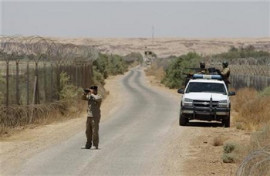
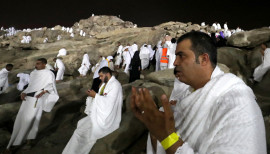
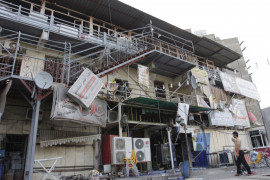
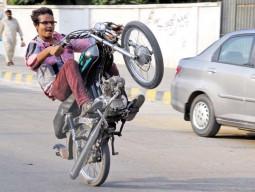
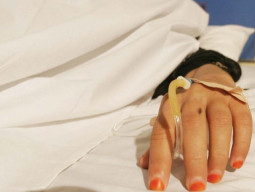
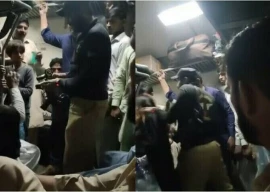
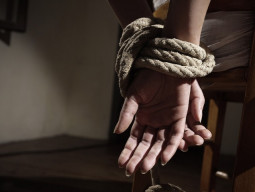
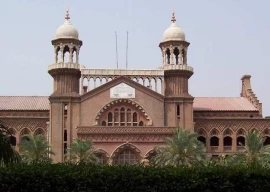






















COMMENTS
Comments are moderated and generally will be posted if they are on-topic and not abusive.
For more information, please see our Comments FAQ